Quince paste
A recipe from cooking-ez.com December 3rd 201761 K4
For 900 g, you will need:
- 1 800 g quince
- 2 ½ lemon
- 3 450 g granulated sugar
- 4 30 g jam sugar
- 5 1 orange (optional)
- Total weight: 1,345 grams
Times:
| Preparation | Resting | Cooking | Start to finish |
|---|---|---|---|
| 35 min. | 1 hour | 30 min. | 2 hours 3 min. |
Step by step recipe
| 1 | Wash and brush 800 g quinces, but do not peel, as the skin add to the flavour. | 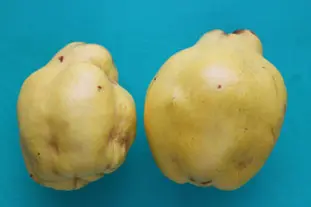 |
| 2 | Cut the quinces into quarters, then remove and discard the core. Cut each quarter into small pieces. Put the quince pieces into a saucepan, add ½ lemon cut into 4 and just enough water to cover. Note: From 800g of quinces, you should be left with 500 g of cut fruit. |  |
| 3 | Put the pan uncovered on medium heat and cook until the fruit is soft enough for the point of a knife to go through it easily. | 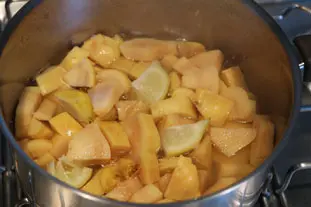 |
| 4 | After cooking, discard the lemon pieces and pass the quinces through a vegetable mill on "fine" setting. Do not throw away the cooking liquid. | 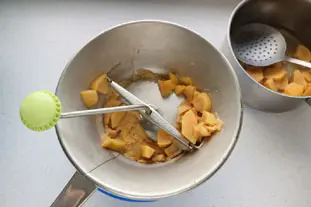 |
| 5 | Transfer the quince pulp into a saucepan and weigh it (from 500 g cut fruit, you should be left with about 350 g of cooked pulp). Weigh 30% of this weight in cooking liquid (100 g here), then mix this with the quince pulp. You can add the zest of 1 orange at this point. | 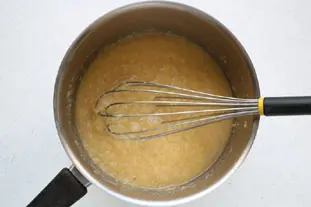 |
| 6 | Weigh 450 g granulated sugar (this should be the same wieght as the mixture of fruit pulp and cooking liquid). Take out 50 g of this sugar at mix it separately with the 30 g jam sugar. | 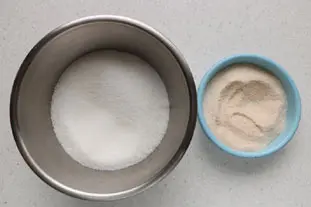 |
| 7 | Put the saucepan on high heat and bring to the boil, then tip in the 50 g of sugar with its gelling agent. |  |
| 8 | Mix well, bring back to the boil and cook for 3 minutes, stirring constantly. | 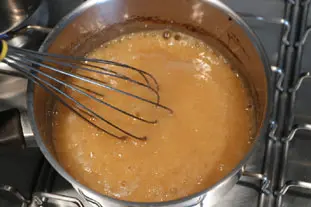 |
| 9 | Add the rest of the sugar all at once. | 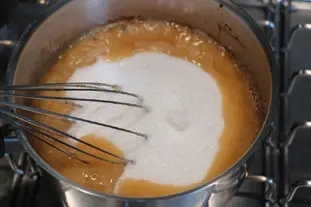 |
| 10 | Mix well, bring back to the boil and cook for a further 3 minutes, stirring constantly. |  |
| 11 | Pour into a mould or tin, lined with a sheet of cooking parchment. Leave to cool for at least 1 hour. |  |
| 12 | Turn out and cut into pieces about the size of a sugar cube. | 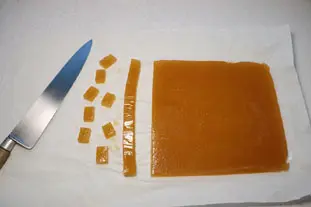 |
| 13 | You can make the paste look more attractive by rolling the pieces in a little granulated sugar, but this is not essential. | 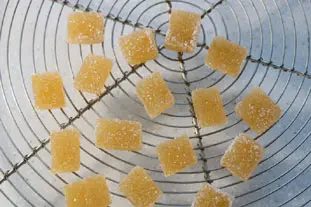 |
Remarks
This is a very ancient sweetmeat, particularly appreciated at the French court during the Renaissance. It was apparently a favourite of both Marie de' Medici and the Duc de Guise.View this recipe : https://cooking-ez.com/desserts/recipe-quince-paste.php
December 17th 2025.
